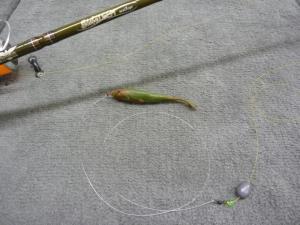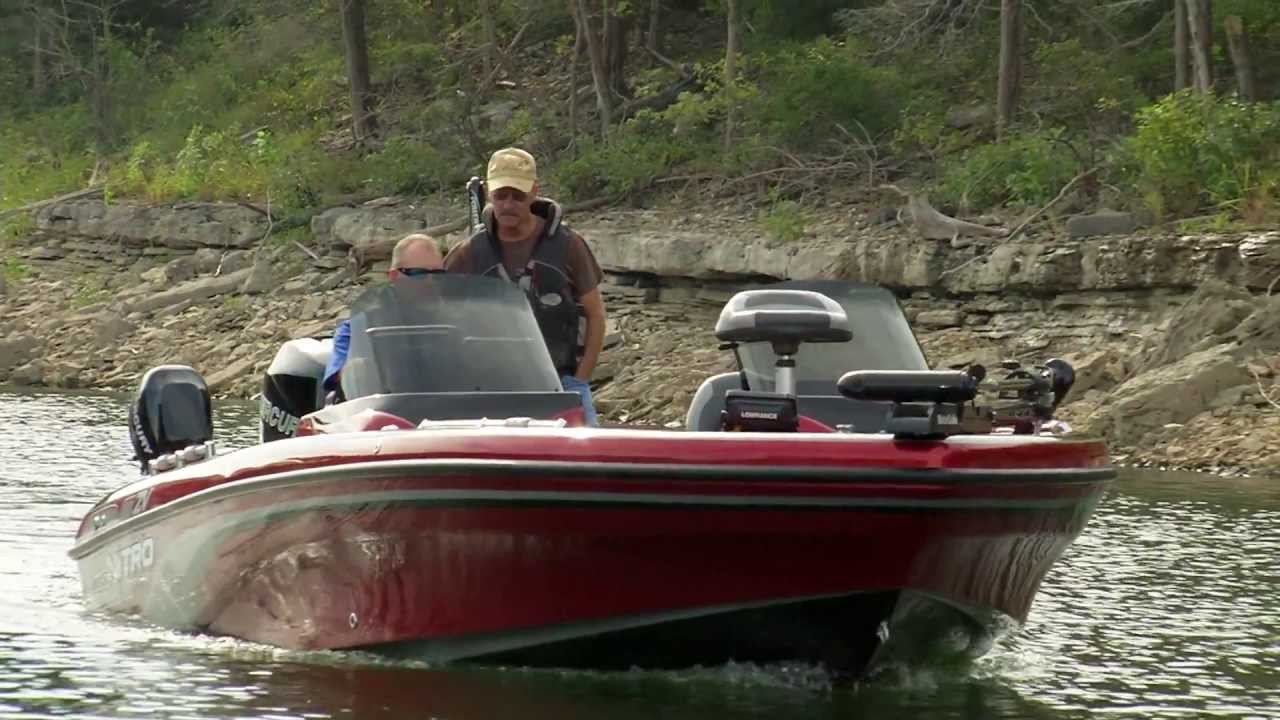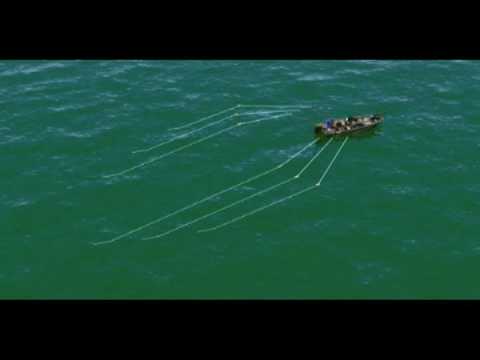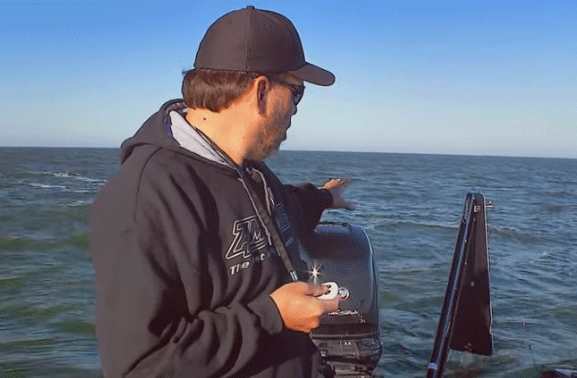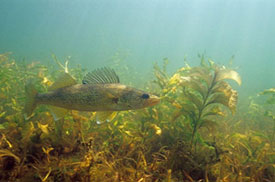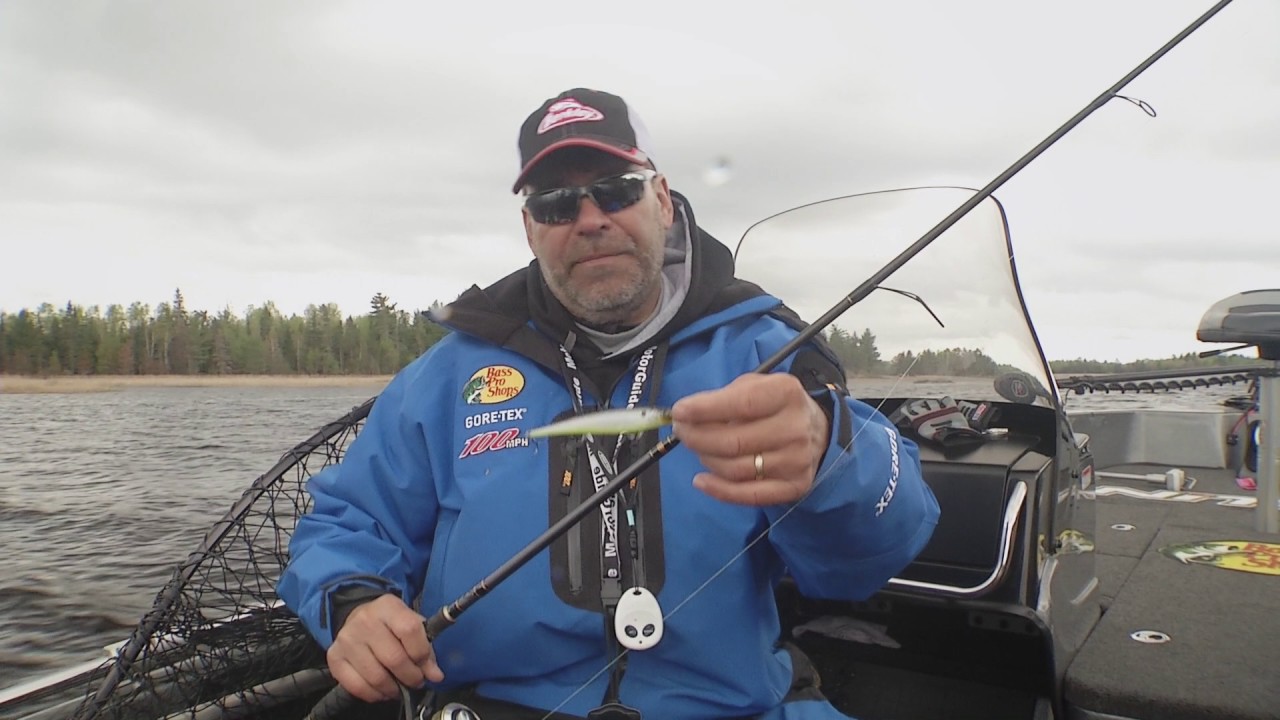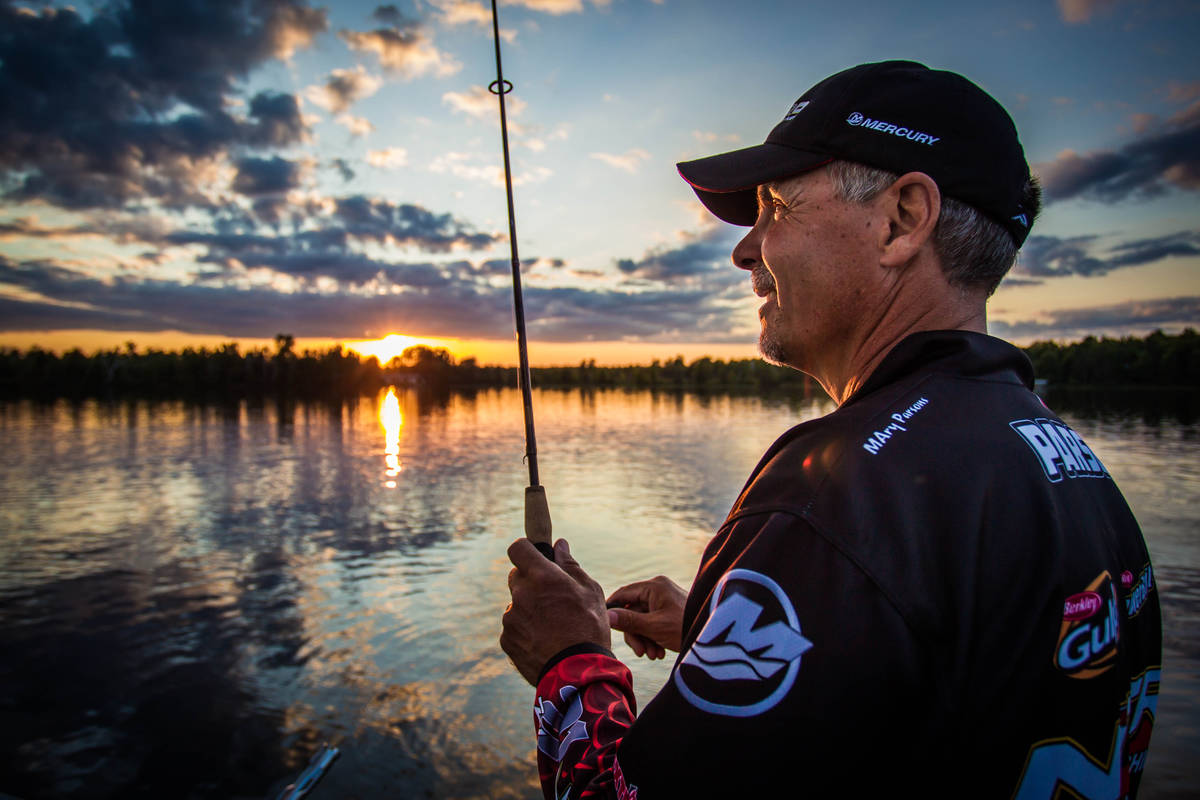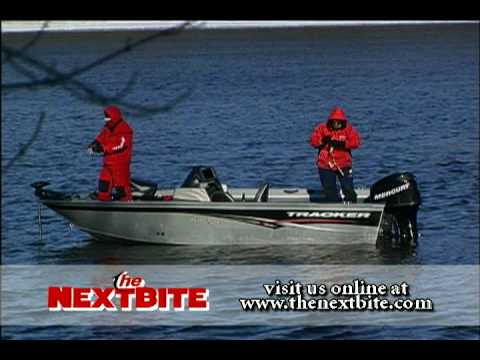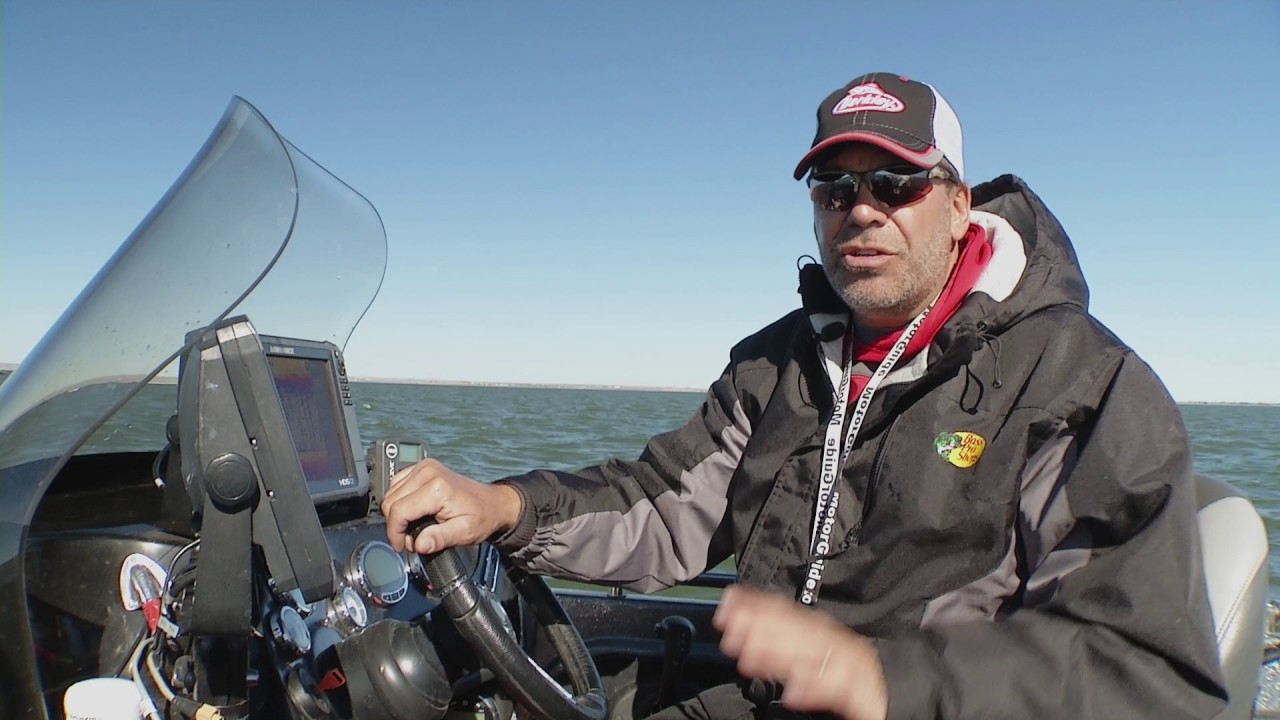 It seems the more anglers I talk to the more I discover that many of us, at least here in the northern states, got our start in fishing by casting for Northern Pike. OK, most of the fish we targeted back then were what some would refer to as “hammer handles”, but the action was fast and exciting none the less … enough to get us “hooked’ on the sport. These days, many anglers have been lured away to pursue other species, but those “in-the-know” realize the Northern Pike is a great fish to cast for and well worth the time spent fishing for.
It seems the more anglers I talk to the more I discover that many of us, at least here in the northern states, got our start in fishing by casting for Northern Pike. OK, most of the fish we targeted back then were what some would refer to as “hammer handles”, but the action was fast and exciting none the less … enough to get us “hooked’ on the sport. These days, many anglers have been lured away to pursue other species, but those “in-the-know” realize the Northern Pike is a great fish to cast for and well worth the time spent fishing for.
The best casting opportunities for pike typically occur in early summer and again in the fall, unless you’re fishing “far north” Canadian waters or a few select “state-side” lakes where these fish tend to stay shallow throughout the summer months. You’re looking for water in the 3 to 10 foot depth range, typically with good weed growth. Cabbage, milfoil, bull rushes and lily pads are all good places to start. Occasionally rocks or wood cover are also good habitat to check, but these are usually better if there are still some weeds present. Like with any scenario where you’re targeting a predatory fish, the presence of forage is key. The preferred forage may vary from one lake to the next, but panfish, suckers and shad are among the most prevalent.
Total Solutions Technique
I tend to look at casting for pike as being a little different than casting for other species such as bass or walleye. When casting for pike, it’s typically more about casting at a “zone” than a specific target like a weed clump, rock pile or stump. When working a weed bed, cast your lure so that it runs along the edges where pike will wait in ambush for a passing meal. Sometimes the pike will be high in the weeds, and a shallow running retrieve will get the most attention. Other days, the pike will bury down in the weeds and your retrieve will need to be slow and near the bottom to trigger a bite. A little experimentation at running your offering through the various zones along the weed edge should give you clues as to where the fish are located.
An efficient way to cover the various zones along the weed edges is to use lures that can be run at different depths and different speeds. This will allow you to more quickly determine where in the water column the pike are located. Lures that can run just under the surface at fast speeds will be good triggers for active fish. If that doesn’t get you bit, then slow the retrieve down and work the same bait a little deeper.
If you’re fishing good areas that hold pike, it shouldn’t take you long to hook up. Pike tend to be very opportunistic … get a bait in front of their nose and more often than not they’ll hit it. This may not be the case every time out, and real trophy pike can be a bit more selective, but if you’re looking for action, pike are a great fish to target this way.
Total Solutions Equipment
When gearing up for this type of pike fishing, its important to match your tackle to the typical size fish in the water you’re fishing. For instance, if you’re fishing a trophy-laden Canadian lake, then heavy tackle is a must. On the other hand, if the pike in your lake average from small to medium sized, then you could go with lighter gear.
A good all around choice that I’ve come to love for casting is a 7 foot 6 inch Berkley® HMX® Casting teamed with a good quality high-speed bait cast reel spooled with 50 pound test Berkley Gorilla Tough in 50 pound test. This set up is plenty for hauling respectable fish out of the weeds, and can even handle some real brutes when the situation arises. Although if you’re on a true trophy lake and after that monster pike of a lifetime, then I might suggest going to muskie-class tackle and a little heavier line like 80 pound test Stren Braid or Spiderwire Ultracast Invisi-Braid.
As I mentioned earlier, lures that can be run at various depths are my favorites for this. Spoons are a good choice, and have long been pike fishing favorites. Swim baits are yet another good option, with their popularity growing every season. Models like the like the Berkley Gulp! Swim Mullet and the Berkley® PowerBait® pre-rigged Swim Shad are ideal for targeting big pike, while smaller 4 inch versions work great in waters where smaller pike are the primary target.
Of course anytime you’re targeting toothy critters a leader is a good idea. Pre-made leaders will work, but if you’re a serious pike angler, making your own leaders is fun and a good way to go. Get a supply of Berkley Cross-Lok Snaps and Berkley Ball-Bearing Swivels then team them up with Berkley’s Sevenstrand Uncoated Wire in sizes to match the pike you’re after. 40 pound test Sevenstrand works well for smaller pike, while 90 pound test would be my choice for the big gals.
Even if the lake you fish seems to be filled with nothing but “hammer handles” there’s still plenty of fun fishing to be had. The key is to downsize your tackle and go for numbers rather than size. A 6 to 7 foot medium action spinning rod and reel spooled with 10 pound test FireLine and a light wire leader would be just right. Smaller versions of the baits listed above will work, but don’t forget one of the all-time fish catchingest lures ever invented, the Johnson Beetle Spin. I typically use the 1/8 ounce or 1/4 ounce size depending on the depth I’m targeting, and substitute the standard “beetle” tail with a 3 inch Berkley Power Grub. The best thing about this bait is it catches everything from pike to panfish. If you’ve got kids you want to get excited about fishing, set them up with this outfit and they won’t be disappointed!
 Berkley® HMX® Casting |
 Berkley® Gorilla™ Tough |
 Stren® Braid™ 125 YD. Filler Spools |
Berkley® PowerBait® pre-rigged Swim Shad |
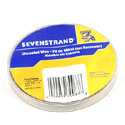 Sevenstrand® Uncoated Wire |
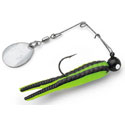 Johnson® Beetle Spin® |

